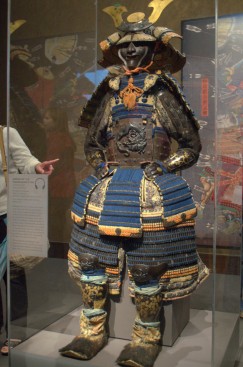
To the samurai a glorious death in battle was desireable but an anonymous dealth was not. Armor was elaborately decorated to make sure that the wearer’s valorous deeds would be recognized.
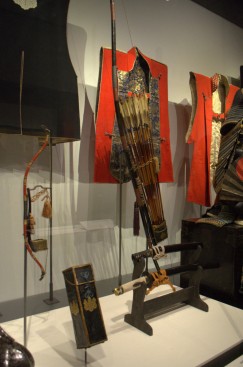
The small bow on the left was designed to be used from inside a palanquin. To the right is a normal Japanese longbow.
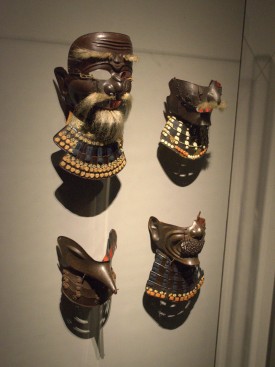
Metal masks were worn to protect the face in battle.
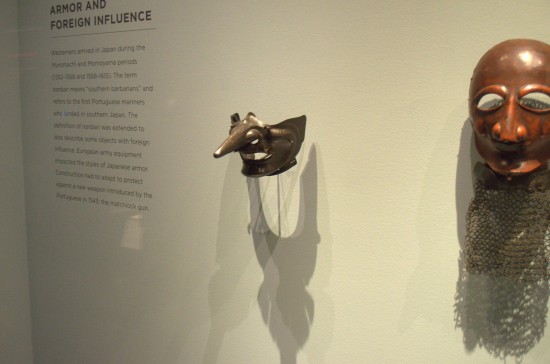
The big noses on these masks were supposed to represent European features.
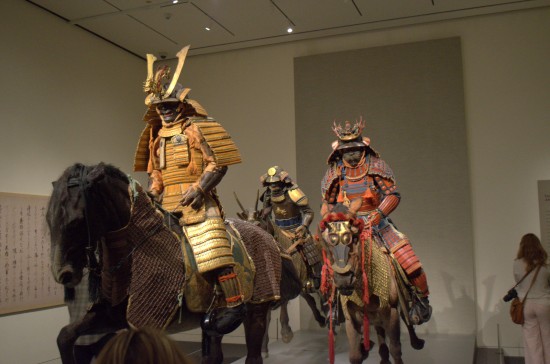
Native Japanese horses are small–technically ponies.
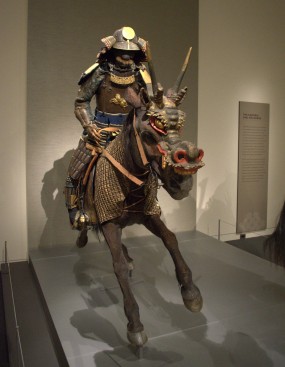
This horse’s armor makes it look like a dragon.
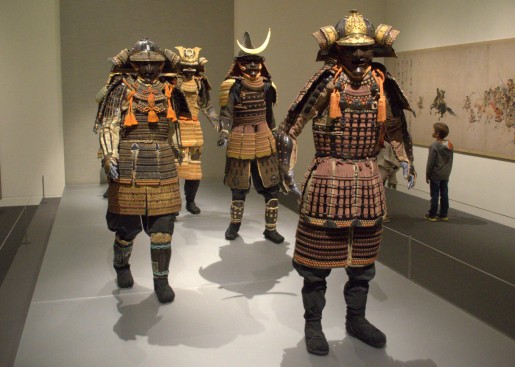
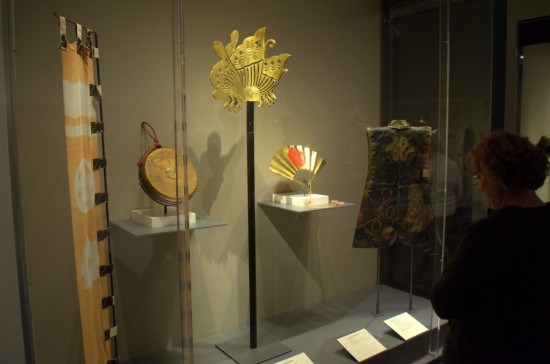
Battle standards, drums and war fans could be used for signalling.
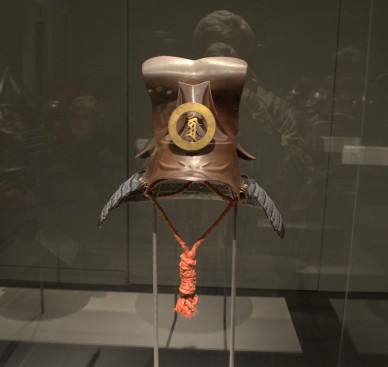
This helm is designed to look like the headgear of a Zen priest.
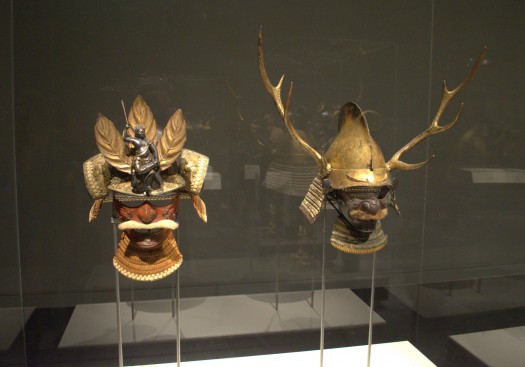
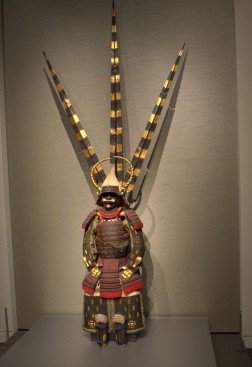
This warrior would be visible from a long distance away.
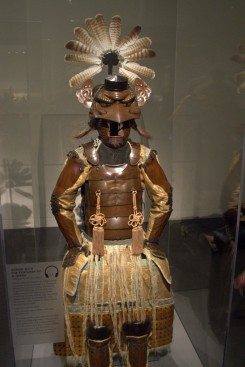
This armor is designed to look like a character from folklore: a karasu-tengu (crow spirit).













